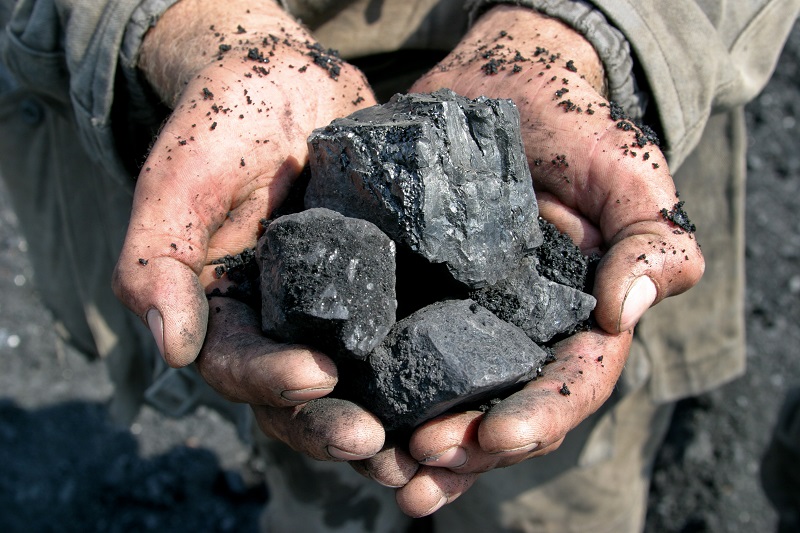Dismal Growth in Coal Country Home Values
Coal mining jobs stood at 57,919 in the middle of 2016, down a devastating 61.4 percent from 1990. And home values in coal-mining counties have been stagnant in recent years.

Coal mining jobs stood at 57,919 in the middle of 2016, down a devastating 61.4 percent from 1990. And home values in coal-mining counties have been stagnant in recent years.

The plight of the coal industry and the anger of coal country residents has made a lot of headlines lately — and for good reason: Jobs are scarce and home values aren’t growing.
Coal mining jobs stood at 57,919 in the middle of 2016, down a devastating 61.4 percent from 150,041 jobs in 1990. Over the same period, coal production also fell, albeit less drastically: The United States produced 36.9 percent less coal in 2016 than in 1990, according to the U.S. Energy Information Administration. Jobs in coal have suffered more than production partly because of automation and an uptick in cheaper natural gas.
Energy jobs overall – including green energy employment – represent a relatively small and shrinking share of U.S. jobs, at just 0.6 percent in 2016.[1] Coal jobs are an even smaller share, around one-hundredth of a percent (figure 1).
Alongside job losses have come stagnant home values in coal country. In coal-mining counties, home values appreciated just 23.4 percent between 2000 and 2016, not keeping pace with inflation and representing less than half of the 52 percent gain in home values nationally (figure 2). To be fair, coal jobs are largely located in rural counties, where homes usually appreciate more slowly – 44.3 percent from 2000 to 2016 nationwide. Still, that’s nearly twice the rate that coal counties saw.
While home values fluctuate with industry boom and bust cycles – the oil industry is one example – a persistently flat line is less common. It’s also problematic, since homes are often a household’s largest financial asset and therefore constitute a large share of their wealth. No wonder they’re angry.
Related:
[1] To be fair, any single industry will inevitably make up a rather small share of employment. For comparison, jobs in finance and insurance made up 4.1 percent of all jobs in 2016, and jobs in health care and social assistance comprised 12.6 percent.